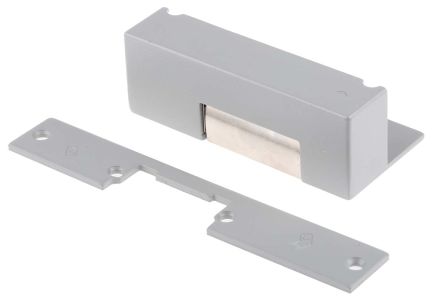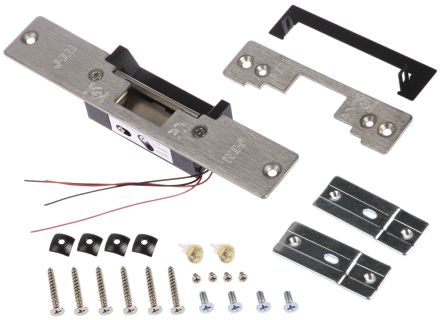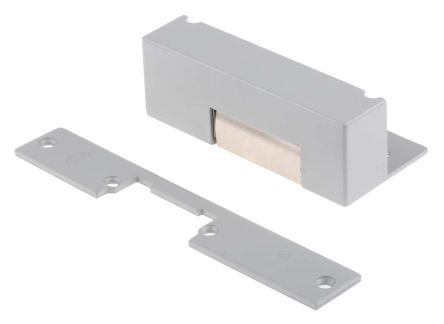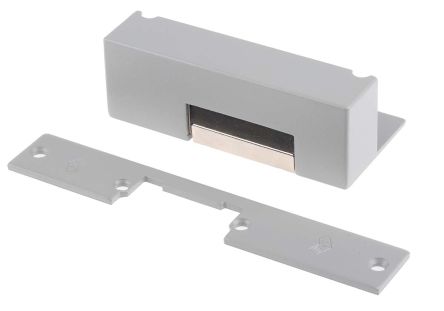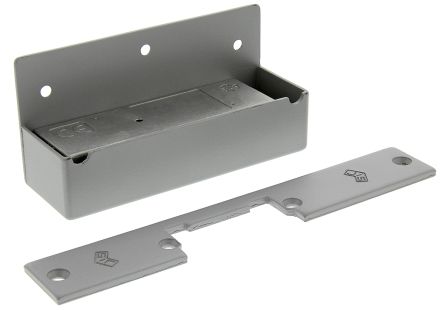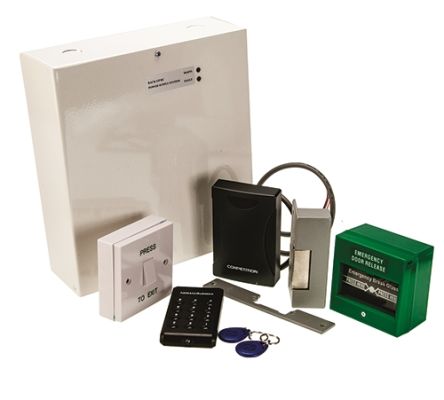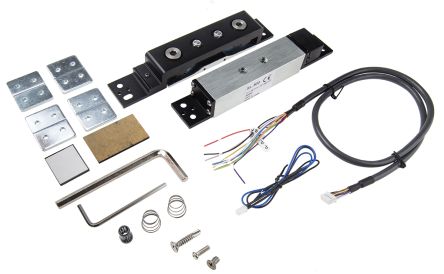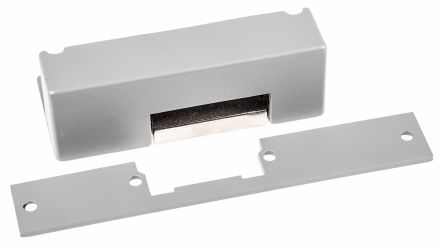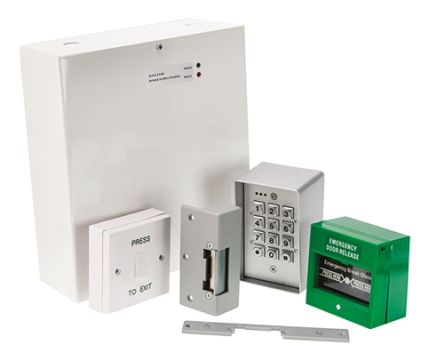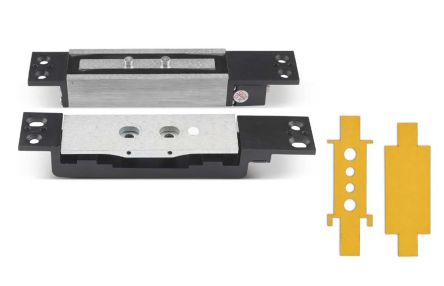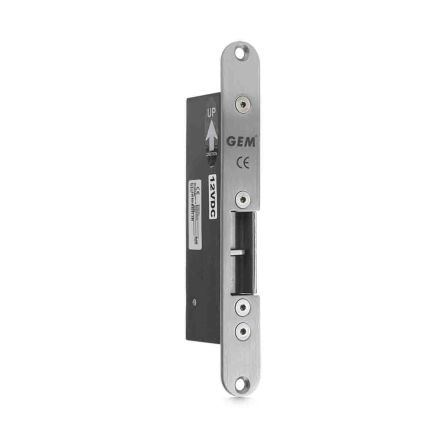- Automation & Control Gear
- Cables & Wires
- Enclosures & Server Racks
- Fuses & Circuit Breakers
- HVAC, Fans & Thermal Management
- Lighting
- Relays & Signal Conditioning
- Switches
- Batteries & Chargers
- Connectors
- Displays & Optoelectronics
- ESD Control, Cleanroom & PCB Prototyping
- Passive Components
- Power Supplies & Transformers
- Raspberry Pi, Arduino, ROCK, STEM Education & Development Tools
- Semiconductors
Electric Strikes
Electric Strikes are security devices that are designed for access control in a door frame. In place of a fixed strike faceplate, Electric Strikes uses the same principles of a chamfered or angled surface to latch a door, however, the strike within an electronic unit can be controlled via an AC or DC source.
This additional level of security can enable powered systems to have ease of use when trying to ensure all door locks within a security system are locked or unlocked.
How do Electric Strikes work?
Electric Strikes uses a small amount of current to provide a command to the units locking system. Electric strikes, similar to a mechanical unit, feature a unit housed within the frame of the door and works in conjunction with a corresponding latch keeper.
Types of Electric Strike
There are three main Electric Strike configurations typically used.
Hold open units use an electrical current to open the strike to cause it to unlock. While this current remains applied, the strike will continue to be unlocked. When the current is removed from the unit, the strike returns to its lock position.
Fail-safe units can also be referred to as fail-open. This configuration uses an electrical current to lock the strike. When a current is removed from the strike, it is then returned to its unlocked state. This format means that should a building suffer a power failure, this strike would revert to its open or unlocked setting and the door could easily be opened.
Non-fail safe units work in the inverse to a typical fail-safe unit. The application of a current to the strike will cause it to open so in the event of a power failure the door would revert to its locked setting.
13 Products showing for Electric Strikes
Related links
- Magnetic Door Locks
- Keypad Locks
- RS PRO Double Door Access Control Door Magnet, 1200lb Holding Force 12V dc
- Eaton Double Door 390N Holding Force 24V dc
- Eaton Access Control Door Magnet, 390N Holding Force 240V ac
- RS PRO Single Door Access Control Door Magnet, 600lb Holding Force 12V dc
- RS PRO Double Door 1670N Holding Force 24V dc
- RS PRO Double Door 550N Holding Force 24V dc
